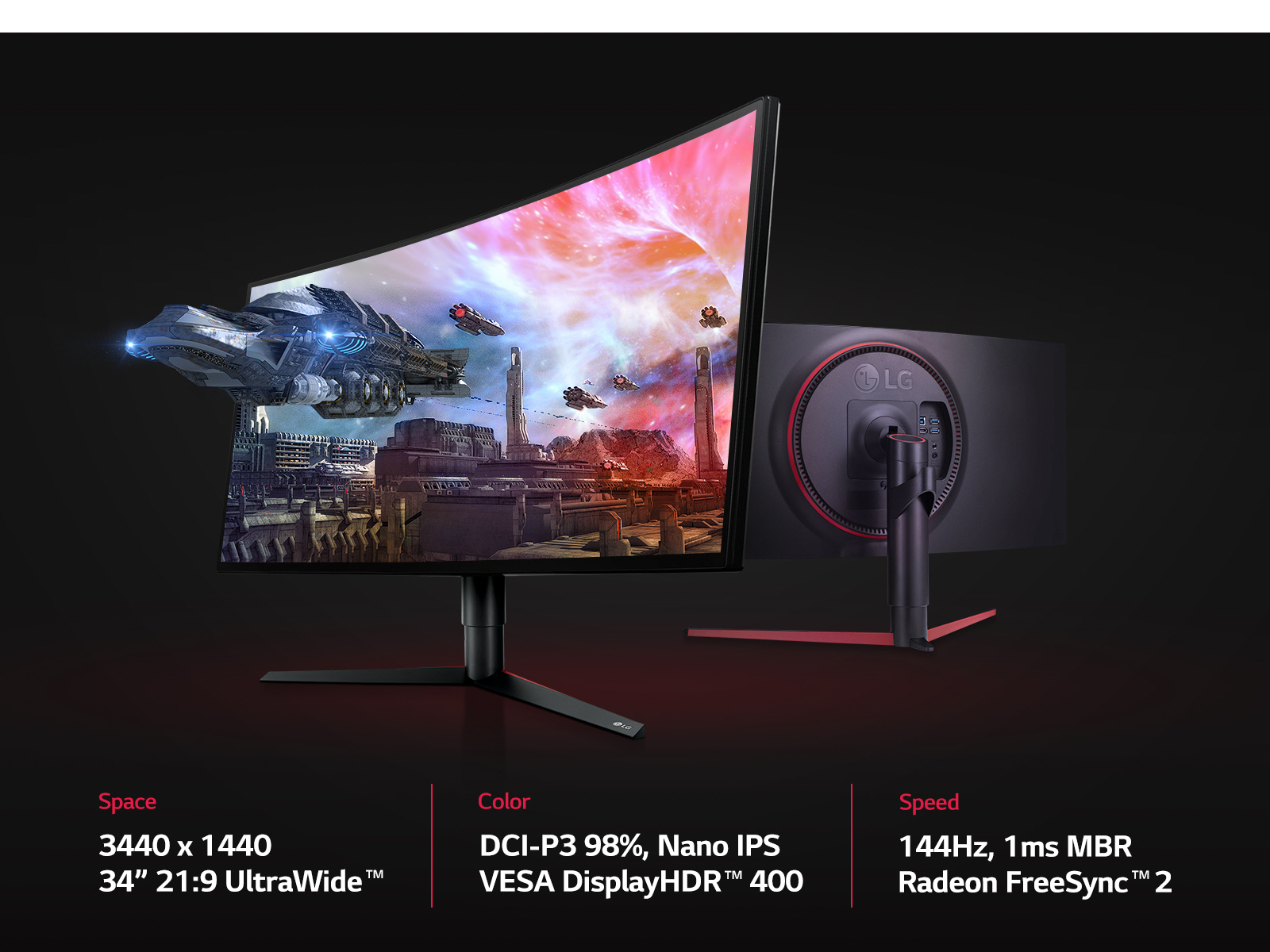https://www.lg.com/us/monitors/lg-34GK950F-B-gaming-monitor
This could be very interesting. The first strobing back-light 144 Hz ultra-wide.

This could be very interesting. The first strobing back-light 144 Hz ultra-wide.

![[H]ard|Forum](/styles/hardforum/xenforo/logo_dark.png)

